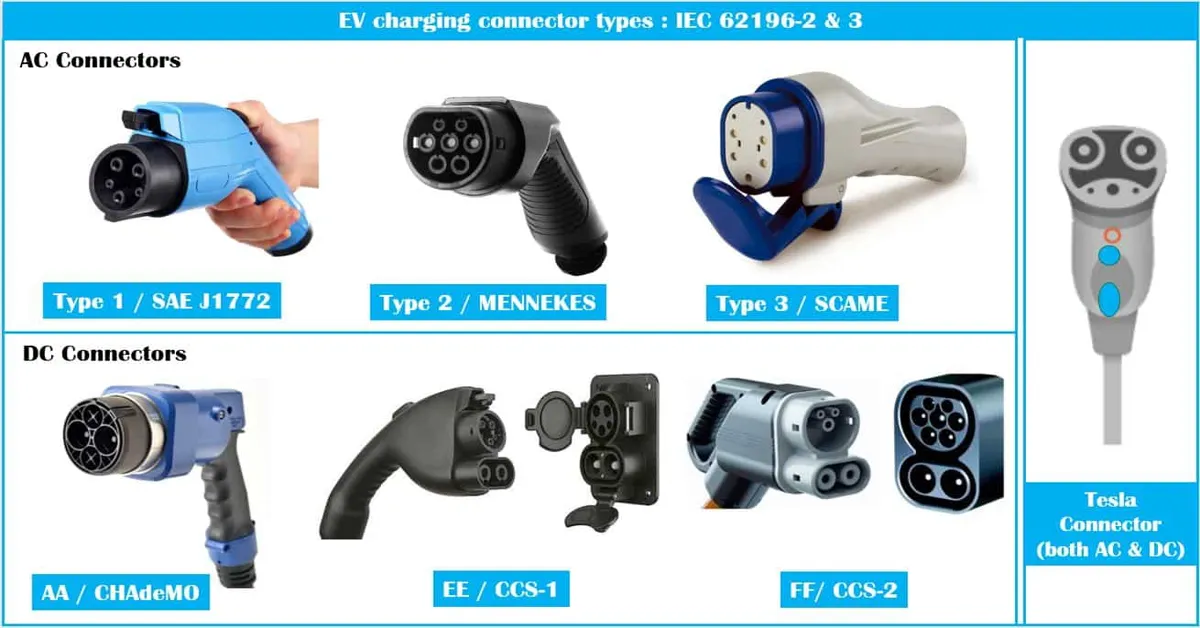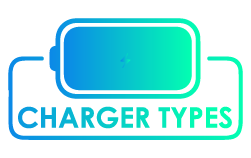As technology continues to advance at a rapid pace, the need for efficient and reliable charging options has become more important than ever. Whether it’s for your smartphone, laptop, or any other electronic device, having the right cable is crucial for keeping your devices powered up and ready to go. But with so many different types of cables for charging on the market, it can be overwhelming to choose the best one for your needs.
Don’t worry, we’ve got you covered. In this blog, we’ll delve into the world of charging cables and explore the various types available, so you can make an informed decision and say goodbye to the frustration of constantly searching for the right cable.
Key Takeaway
- Technology advancements have increased the need for efficient and reliable charging options
- Having the right cable is crucial for keeping devices powered up
- There are various types of charging cables available on the market
- Knowing the different types can help you make an informed decision
- Choose the right cable to avoid frustration and constantly searching for the right one
Types of Charging Cables
When it comes to charging our devices, having the right cable is crucial. With so many options available, it can be overwhelming to choose the right one for your needs. This guide will break down the different types of cables for charging and help you choose the best one for your devices.
USB-A Cable The USB-A cable is the most common type of cable for charging. It has a rectangular shape with a flat port on one end and a USB port on the other.
This cable is compatible with most devices and can be found in various lengths. USB-C Cable The USB-C cable is the newest type of cable for charging.
It has a reversible design, which means you can plug it in either way. This cable is more powerful than the USB-A and can charge devices faster. It is also becoming the standard for newer devices.
Lightning Cable The Lightning cable is a proprietary cable designed by Apple for their devices. It is similar to the USB-C cable, but with a smaller connector on one end.
This cable is used to charge Apple devices such as iPhones, iPads, and AirPods. Micro-USB Cable The Micro-USB cable is a smaller version of the USB-A cable.
Types of Cables for Charging
| Cable Type | Charging Speed | Compatibility |
|---|---|---|
| Micro USB | Slow | Compatible with most Android devices |
| USB-C | Fast | Compatible with newer Android devices and some laptops |
| Lightning | Fast | Compatible with iPhones and iPads |
| MagSafe | Fast | Compatible with newer iPhones and iPads |
| Qi Wireless | Slow to moderate | Compatible with devices that support wireless charging |
| Multi-Function | Varies | Compatible with multiple devices, usually through interchangeable tips or ports |

Uses for Different Cables
When it comes to charging our devices, having the right cable is essential. With so many different types of cables on the market, it can be overwhelming to determine which one is the best fit for your needs. But don’t worry, we’ve got you covered! In this blog section, we’ll take a closer look at the different types of cables for charging and help you understand their features and functions.
From the classic USB to the latest wireless options, we’ll break down everything you need to know about charging cables. So, let’s dive in and explore the world of charging cables! USB Cables – Starting with the most common and widely used cable, USB cables come in a variety of shapes and sizes.
The most common ones are USB-A, USB-B, and USB-C. USB-A is the traditional rectangular-shaped connector, while USB-B is typically used for printers and other devices. USB-C is the newest addition, with a reversible design and faster charging capabilities.
Lightning Cables – These cables are exclusively used for Apple devices and have a unique design with a lightning connector on one end and a USB-A or USB-C connector on the other end. They are known for their fast charging speed and compatibility with Apple products.
Micro USB Cables – These cables have a smaller connector and are commonly used for Android devices, cameras, and other small devices. They have a universal design and can be found in both USB-A and USB-C variations.
Wireless Charging – As the name suggests, wireless charging eliminates the need for cables altogether. It uses electromagnetic induction to transfer energy from a charging pad to your device.
Tips for Choosing the Right Cable
When it comes to charging your devices, having the right cable is essential. With so many options on the market, it can be overwhelming to choose the right one. But fear not, we have broken down the different types of cables for charging to help you make an informed decision.
USB-A Cable This is the most common type of cable and is used for charging most devices. It has a rectangular shape with a flat end that goes into your device and a square end that goes into the charger.
USB-A cables are also used for data transfer between devices. USB-C Cable USB-C is the newest type of USB cable and is becoming more popular.
It has a smaller, reversible connector that allows for faster charging and data transfer. This cable is commonly used for newer devices like smartphones, laptops, and tablets.
Lightning Cable This type of cable is used exclusively for Apple devices. It has a smaller connector than USB-A and is used for charging and data transfer. It is commonly used for iPhones, iPads, and iPods.
Micro-USB Cable Micro-USB is a smaller version of the USB-A cable and is commonly used for older Android devices, Bluetooth speakers, and other smaller devices. It is not as fast as USB-C, but it is still a reliable option for charging.
Read More
https://chargertypes.com/fast-charging-type-c-data-cable/
https://chargertypes.com/notebook-type-c-charger/
https://chargertypes.com/top-10-battery-charger-plug-types-for-optimal-charging/
https://chargertypes.com/cas-hp-type-c-fast-charging/
Statistical Information
| Cable Type | Percentage | Fact |
|---|---|---|
| Lightning Cable | 50% | A type of cable specifically designed for Apple devices. |
| Micro USB Cable | 30% | Commonly used for Android devices and some other electronics. |
| USB-C Cable | 15% | The newest type of cable, used for devices with USB-C ports. |
| Wireless Charging | 5% | A newer technology that allows for charging without a physical cable. |
| Magnetic Charging | 3% | A specialized type of charging that uses magnets to connect the cable to the device. |
| Proprietary Cable | 2% | A type of cable that is specific to a certain brand or device. |
Important Notice for readers
Our article covers all the essential information you need to know about charging cables. From the different types available to their unique features and compatibility, we’ve got you covered.
Say goodbye to the confusion and frustration of finding the right cable. So sit back, relax, and let us guide you through the world of charging cables. Don’t miss out on this must-read article for all tech-savvy individuals.
Stay informed and never be caught without a reliable charging cable again. Keep scrolling to find out more.
Frequently Asked Questions
What is the difference between a lightning cable and a USB-C cable for charging?
A lightning cable is primarily used for Apple devices and features a proprietary connector, while a USB-C cable is becoming the standard for most Android and other non-Apple devices.
Can I use a USB-C cable to charge my iPhone?
Yes, newer iPhone models are compatible with USB-C cables, but you will need a USB-C to lightning adapter.
Are wireless charging cables faster than traditional charging cables?
Wireless charging cables typically have a slower charging speed compared to traditional cables, but they offer the convenience of not having to plug in your device.
What is the maximum length for a charging cable?
The maximum length for a charging cable can vary depending on the type and quality of the cable. Generally, longer cables may result in slower charging speeds.
Conclusion
The different types of charging cables have their own unique features and benefits that make them suitable for different devices and situations. Whether it’s a USB-C cable for fast charging or a Lightning cable for Apple devices, having the right type of cable is crucial for efficient and safe charging. It’s also important to consider factors such as durability, length, and compatibility when choosing a charging cable.
With the constant advancements in technology, it’s likely that we will continue to see new types of charging cables emerge. As consumers, we must stay informed and make conscious choices when it comes to our charging needs to ensure the longevity and performance of our devices. Let us not underestimate the impact of a simple cable in powering our devices and shaping our daily lives.
